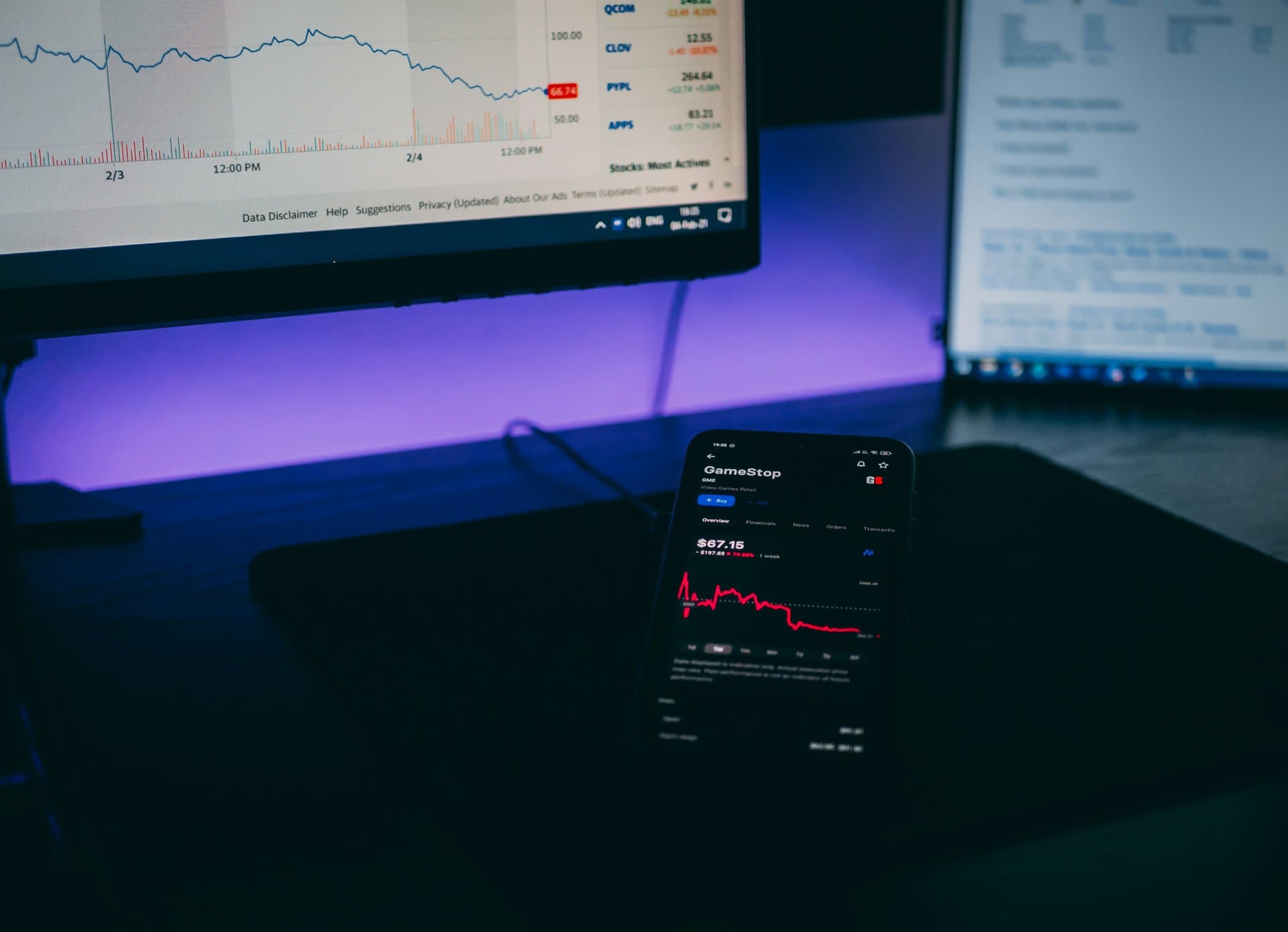Why Stock Markets Show Little Geopolitical Worry in 2025 Rally
Explore how stock markets defy geopolitical tensions in 2025, revealing resilience and investor complacency. Discover key insights on market behavior, sector responses, and strategic moves amid global risks.

Key Takeaways
- Stock markets rallied $16 trillion despite rising geopolitical tensions
- Investors focus on economic impacts, not just political drama
- Defense and cybersecurity sectors outperform amid global unrest
- Safe-haven assets like gold surge but investor confidence remains fragile
- Scenario-based planning is key to navigating geopolitical uncertainties

In 2025, stock markets have staged a remarkable rally, adding a staggering $16 trillion in value even as geopolitical tensions simmer worldwide. From drone incursions into NATO airspace to ongoing conflicts in Ukraine and the Middle East, the world feels anything but stable. Yet, equities hit record highs, oil prices hover near four-year lows, and volatility remains surprisingly subdued.
This paradox reveals a fascinating truth: markets and their human architects often separate political turmoil from economic fundamentals. Investors keep a keen eye on how conflicts affect consumer behavior, currencies, and corporate earnings rather than reacting to headlines alone. This article unpacks the dynamics behind this resilience, explores sectoral responses, and offers strategic insights for navigating the complex 2025 landscape.
Join us as we challenge the myth that geopolitical chaos always spells market doom. Instead, discover how savvy investors harness selective hedging, scenario planning, and sector differentiation to thrive amid uncertainty.
Unpacking Market Resilience
Imagine watching a thriller unfold on the global stage—drones buzzing into NATO airspace, conflicts raging in Ukraine, and political upheavals shaking France and Japan. Yet, the stock market barely flinches, rallying by $16 trillion in 2025. How is this possible?
The answer lies in investors’ remarkable ability to focus on what truly moves markets: economic fundamentals. Despite geopolitical risks escalating, equities have hit record highs, and volatility remains near one-year lows. This isn’t denial; it’s selective attention. Investors watch how conflicts impact consumers, currencies, and corporate earnings—those are the real market movers.
Take the US stock market’s reaction to tariff threats earlier this year. The S&P 500 dropped nearly 20% but bounced back within months, showing a pattern of rapid recovery after shocks. This resilience is no accident; it reflects a market that’s learned to weather political storms without losing sight of the economic horizon.
Navigating Investor Complacency
Here’s where the plot thickens. The calm on the surface might be hiding deeper vulnerabilities. Investors’ relative nonchalance could be a double-edged sword, masking risks that standard hedging strategies don’t fully capture.
Supply chain disruptions, inflationary pressures, and systemic shocks lurk beneath the headlines. Market data show that actual geopolitical events—like military conflicts or new tariffs—hit equities hard and fast, while mere diplomatic posturing often passes with little impact. Yet, the market’s current pricing suggests these risks aren’t fully baked in.
This complacency is risky. The next geopolitical ‘act’—a spike in oil prices or a bond market wobble—could trigger a sharp selloff. As Goldman Sachs strategist Guillaume Jaisson warns, stocks are expensive, and there’s little room for disappointment. Investors must stay alert, balancing optimism with caution.
Sector and Regional Responses
Not all markets wear the same armor. The US defense and cybersecurity sectors have outpaced broader indices, fueled by government spending and a focus on digital sovereignty. Investors are betting on these industries to thrive amid global unrest.
Across the Atlantic, European equities face more headwinds. Energy price volatility, especially tied to Russian exports, and fiscal pressures weigh heavily. The CAC 40’s underperformance since France’s snap election highlights how political turmoil can dampen regional markets.
In Asia-Pacific, markets grapple with oil shocks and strategic shifts around critical minerals. China’s military posturing near Taiwan adds a persistent cloud of uncertainty. These regional nuances underscore the importance of tactical allocation—knowing where to lean in and where to tread carefully.
Geopolitical Developments Shaping Markets
The ongoing Russia-Ukraine war remains a central storyline, fueling inflationary pressures and regional instability. Periodic ceasefire talks offer hope but haven’t quelled market jitters.
Meanwhile, the Middle East simmers with risk. The fall of Syria’s Assad regime and Israeli-Iranian tensions threaten global oil supplies and keep defense stocks on investors’ radars.
US-China relations add another layer of complexity. Protectionist policies, increased tariffs, and ‘de-risking’ strategies disrupt supply chains and raise costs. Technology, manufacturing, and logistics sectors watch these developments closely, as shifts here ripple through global markets.
These geopolitical threads weave a complex tapestry that investors must decode to anticipate market moves.
Strategic Moves for Investors
In this high-stakes environment, sticking to old playbooks won’t cut it. Experts urge moving beyond passive diversification to scenario-based planning—mapping out investment moves based on possible geopolitical twists.
Selective hedging in sectors like defense, cybersecurity, and energy transition offers structural advantages. These industries benefit from increased government spending and rising demand for resilience.
Investors also watch safe-haven assets like gold, which have surged amid dollar weakness, signaling underlying nervousness despite market highs.
The takeaway? Tactical allocation and ongoing vigilance are essential. Balancing opportunities with latent risks will help investors navigate the 2025 geopolitical maze with confidence.
Long Story Short
Stock markets in 2025 tell a story of resilience wrapped in caution. While the $16 trillion rally suggests confidence, beneath the surface lies a delicate balance. Investors have learned to separate political noise from economic signals, focusing on tangible impacts like oil prices and corporate profits. Yet, this calm may mask complacency, as the next geopolitical flare-up could swiftly unravel optimism. Strategic investors are shifting from passive diversification to scenario-based planning, preparing for sudden shocks and policy surprises. Defense, cybersecurity, and energy transition sectors offer structural tailwinds, while safe-haven assets like gold reflect underlying nervousness. The key is vigilance—watching how geopolitical acts, not just threats, reshape market sentiment. Ultimately, the 2025 market rally is a testament to adaptability, but it’s no invitation to ignore risks. Balancing tactical opportunities with a clear-eyed view of latent vulnerabilities will help investors steer through this era of geopolitical volatility with confidence and clarity.